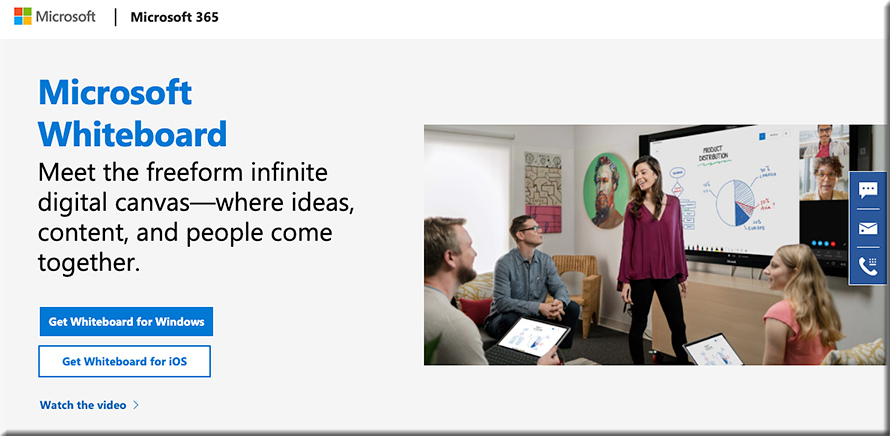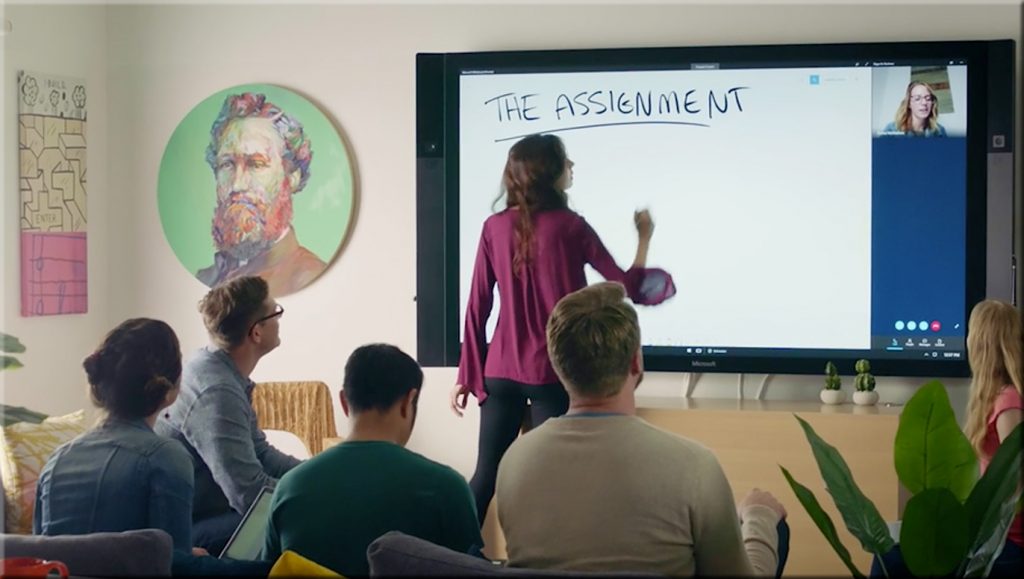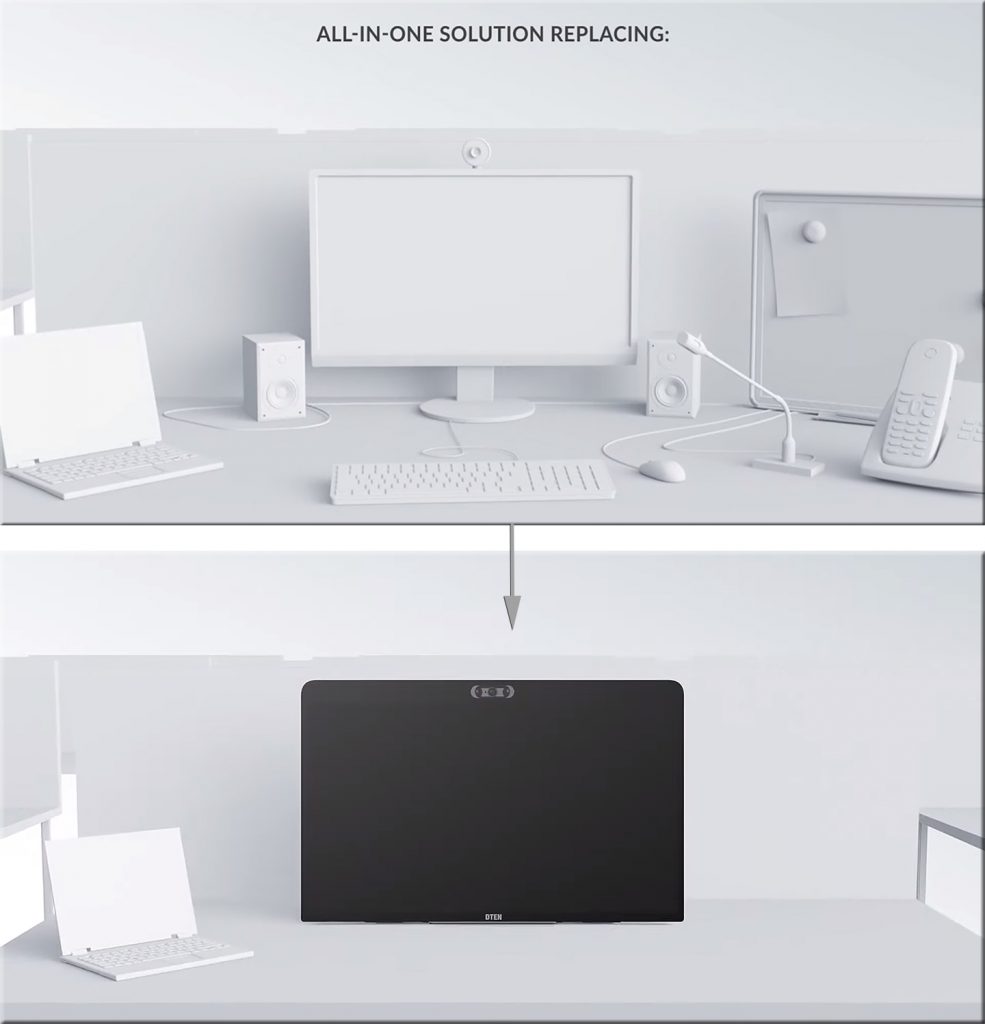Back-to-School Help for Students Without Internet — from by James K. Willcox
For millions of families, broadband access is a challenge. These resources can help bridge that digital divide.
Excerpt:
“If it wasn’t glaringly clear before, the pandemic has confirmed the vital importance of a broadband internet connection—one that is reliable, affordable, and in some cases, simply available,” says Jonathan Schwantes, senior policy counsel in Consumers Reports’ Washington, D.C., office. “Unfortunately, far too many Americans lack access or are unable to afford broadband.”
A new state-by-state report on America’s K-12 students by Common Sense and Boston Consulting finds that almost 16 million students and 10 percent of teachers lack adequate internet or computing devices at home. Minority households are among the most affected. Though 18 percent of white homes lack broadband, the figure rises to 26 percent for Latinx homes and 30 percent for Black homes. The percentage is even higher among Native American households.
From DSC:
Though this solid article lists some very helpful resources, we have to do much better than this as a nation! It’s not right.
My thanks to James McQueen for this resource.

















